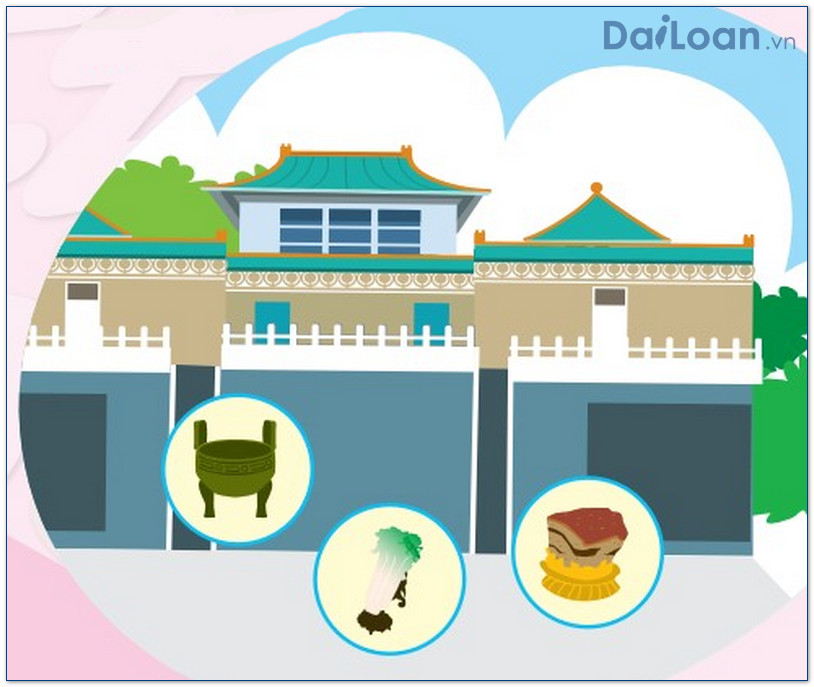When delving into the intricacies of the Chinese language, one frequently encounters terms that express similar meanings yet bear distinctive usages. Among these terms are 作答 (zuò dá) and 做答 (zuò dá). This article will elucidate their meanings, grammatical structures, and provide examples of their usage in sentences. By the end of this exploration, you will gain a deeper understanding of these terms and their application in everyday Chinese.
Meaning of 作答/做答 (zuò dá)
Both  作答 and 做答 in Mandarin translate to “to answer” or “to respond,” often in the context of questions, exams, or quizzes. The terms can be interchangeable; however, some contextual nuances influence their usage. Typically, 作答 is used more formally, particularly in educational settings, while 做答 can appear in a broader variety of scenarios.
作答 and 做答 in Mandarin translate to “to answer” or “to respond,” often in the context of questions, exams, or quizzes. The terms can be interchangeable; however, some contextual nuances influence their usage. Typically, 作答 is used more formally, particularly in educational settings, while 做答 can appear in a broader variety of scenarios.
The Nuance Between 作答 and 做答
In practical terms:
- 作答 (zuò dá): Generally indicates a formal or structured response, often associated with academic contexts like examinations.
- 做答 (zuò dá): Can imply a more casual or conversational response, suitable for everyday interactions.
Grammatical Structure of 作答/做答
Understanding the grammatical structures is essential for mastering the use of 作答 and 做答. Both phrases consist of two parts:
- 作/做 (zuò): This is a verb meaning “to make” or “to do.” It is crucial in both terms.
- 答 (dá): This is a noun/verb meaning “answer” or “to answer.” Hence, both terms collectively convey “to make an answer” or “to do an answer.”
Verb Usage
In sentences, these terms usually follow the subject and are typically complemented by a direct object—often the question or prompt being answered.
Example Sentences Using 作答/做答
Now that we have a clearer understanding of the meanings and grammatical structures of 作答 and 做答, let’s look at how they can be used in context.
Examples of 作答 (zuò dá)
- 学生在考试中需要作答所有的问题。
(Xuéshēng zài kǎoshì zhōng xūyào zuò dá suǒyǒu de wèntí.)
“Students need to answer all the questions in the exam.” - 请在表格上作答。
(Qǐng zài biǎogé shàng zuò dá.)
“Please answer on the form.”
Examples of 做答 (zuò dá)
- 在面对问题时,他总是迅速做答。
(Zài miànduì wèntí shí, tā zǒng shì xùnsù zuò dá.)
“He always responds quickly when faced with questions.” - 她不知道如何做答这道难题。
(Tā bù zhīdào rúhé zuò dá zhè dào nántí.)
“She doesn’t know how to answer this difficult question.”
Conclusion
In summary, both 作答 and 做答 serve as fundamental terms for expressing the act of answering in Chinese. Understanding their meanings, grammatical structures, and contextual uses enhances comprehension and proficiency in the language. As with many aspects of Chinese, context plays a significant role in determining which term is most appropriate to use.
By incorporating example sentences into your study, you can better understand how these terms function in real-life scenarios, whether in academic or casual conversations. Embrace these terms as you continue your journey in mastering the beautiful Chinese language!

Sứ mệnh của Chuyên là giúp đỡ và truyền cảm hứng cho các bạn trẻ Việt Nam sang Đài Loan học tập, sinh sống và làm việc. Là cầu nối để lan tỏa giá trị tinh hoa nguồn nhân lực Việt Nam đến với Đài Loan và trên toàn cầu.
CÓ THỂ BẠN QUAN TÂM
Du học Đài Loan
Lao Động Đài Loan
Việc Làm Đài Loan
Đơn Hàng Đài Loan
Visa Đài Loan
Du Lịch Đài Loan
Tiếng Đài Loan
KẾT NỐI VỚI CHUYÊN
Zalo: https://zalo.me/0936126566
Website: www.dailoan.vn




